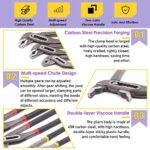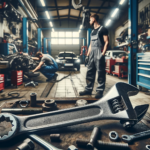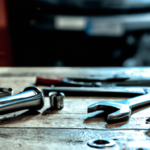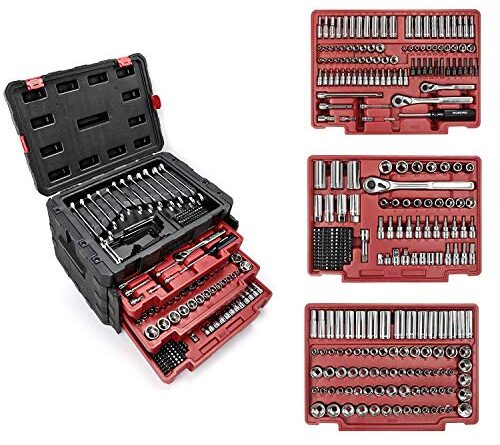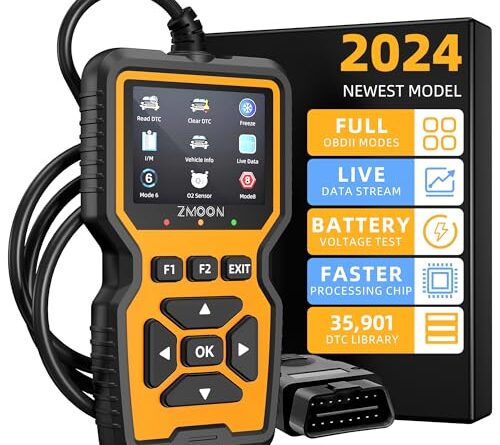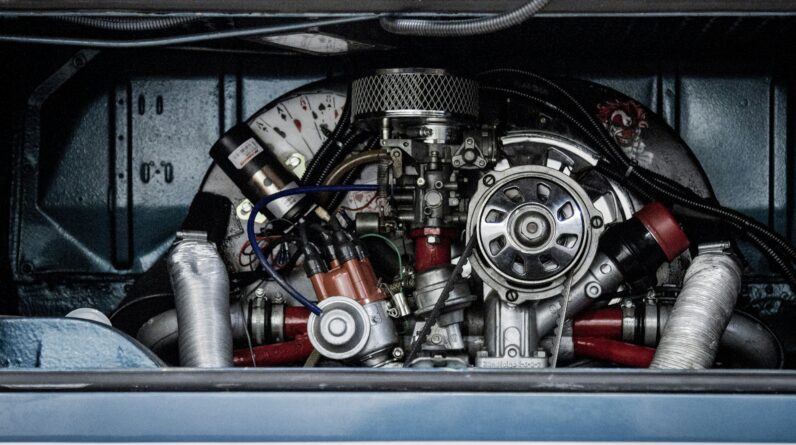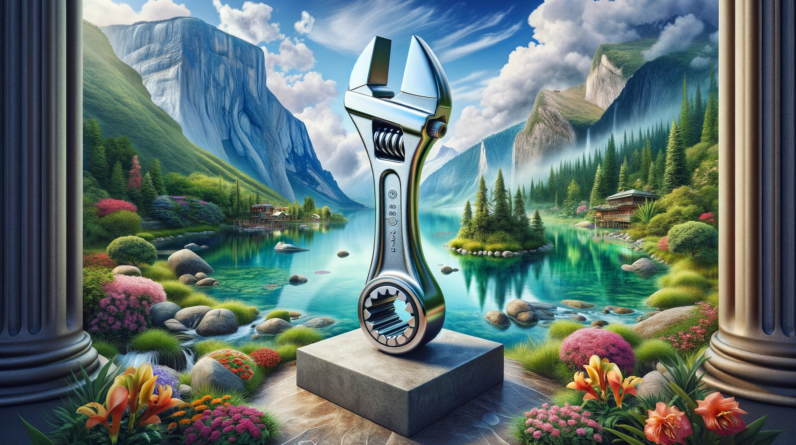
Disclaimer: This post may contain affiliate links. As an Amazon Associate, we earn from qualifying purchases.
When it comes to using a wrench, it’s not uncommon to find yourself pondering the age-old question: should I pull or push? Making the right choice can make all the difference in getting the job done efficiently and effectively.
In this post, we’ll explore the pros and cons of both pulling and pushing on a wrench, ultimately guiding you towards the best approach for your next DIY project. So let’s tighten those bolts of uncertainty and unravel the mystery behind this common tool maneuver.
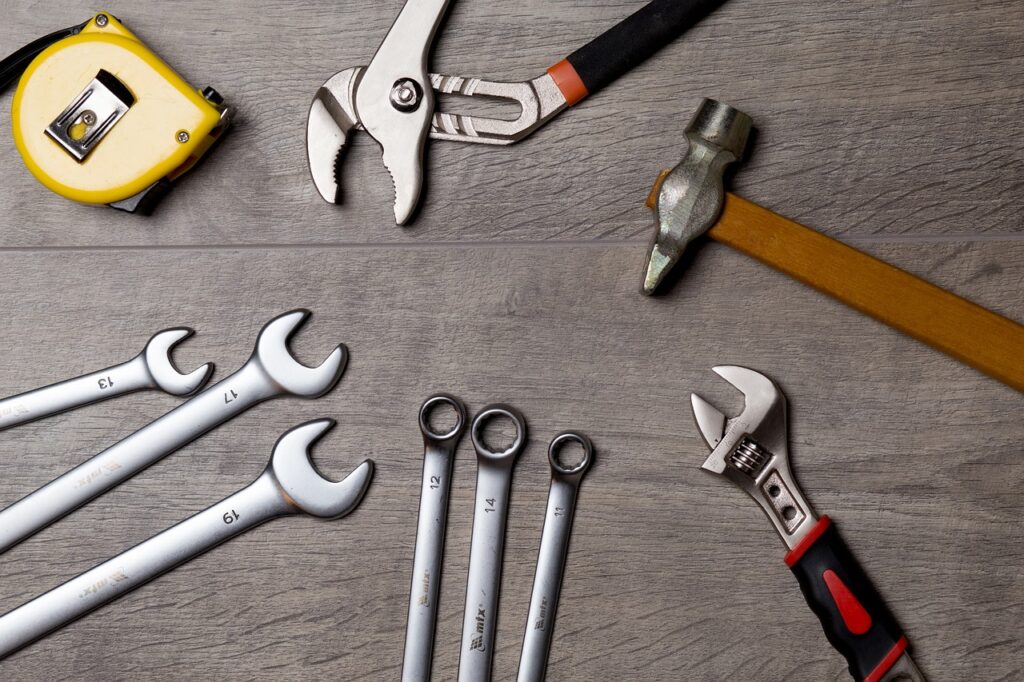
This image is property of pixabay.com.
Factors to Consider
When it comes to using a wrench, there are several important factors to consider in order to ensure a successful outcome. These factors include the type of fastener you are working with, the direction of rotation required, the breakaway torque needed, the tightening torque desired, and the accessibility of the working area.
By carefully considering these factors, you can make an informed decision about whether to pull or push on a wrench. Let’s explore each of these factors in detail.
Type of Fastener
The type of fastener you are dealing with plays a significant role in determining whether you should pull or push on a wrench. The two main types of fasteners are bolts and nuts. Bolts are generally threaded screws that require a wrench to tighten or loosen them, while nuts are threaded fasteners with a hole in the center that can be tightened or loosened using a wrench.
Depending on whether you are working with a bolt or a nut, the technique for using a wrench may vary.
Direction of Rotation
Another crucial factor to consider when deciding whether to pull or push on a wrench is the direction of rotation required to operate the fastener. In most cases, you will encounter two options: clockwise and counterclockwise. Clockwise rotation means turning the wrench in a clockwise direction, which tightens the fastener.
On the other hand, counterclockwise rotation refers to turning the wrench in an anti-clockwise direction, loosening the fastener. The direction of rotation will determine the technique you should use to operate the wrench effectively.
Breakaway Torque
Breakaway torque refers to the amount of force needed to loosen a fastener that has been tightened or stuck for a prolonged period. Pulling and pushing are two techniques that can be employed to overcome breakaway torque. Pulling involves applying force in the opposite direction of tightening, aimed at loosening the fastener.
Pushing, on the other hand, involves applying force in the same direction as tightening, intending to break the resistance and loosen the fastener. The selection of the appropriate technique will depend on the situation and the specific breakaway torque required.
Tightening Torque
While breakaway torque focuses on loosening a fastener, tightening torque focuses on the process of tightening a fastener. Pulling and pushing can also be used to achieve the desired tightening torque. Pulling involves applying force away from the fastener, while pushing involves applying force towards the fastener. Both techniques can be effective in achieving the desired tightening torque; however, the specific technique to use will depend on various factors such as the type of fastener and the direction of rotation required.
Accessibility
The accessibility of the working area is a crucial factor that will influence whether you should pull or push on a wrench.
In some cases, you may be faced with limited space, making it challenging to use certain techniques. Pulling may require more space as it involves pulling the wrench handle towards you, while pushing may be more suitable in confined spaces as it involves pushing the wrench away from you. Additionally, the accessibility of the working area may affect the mechanical advantage you can achieve with each technique.
Advantages of Pulling
Pulling on a wrench offers several advantages that can make it the preferred technique in certain situations. One major advantage is leverage. When pulling, you can position yourself in a way that allows you to use your body weight to your advantage, increasing your leverage and making it easier to exert more force on the wrench.
This can be particularly beneficial when dealing with stubborn or tightly secured fasteners.
Another advantage of pulling is comfort. With the pulling technique, you can position yourself in a way that aligns your body with the direction of force, allowing for a more natural and comfortable movement. This can reduce strain on your muscles and joints and enhance your overall comfort while operating the wrench.
Lastly, pulling provides greater control. When pulling on a wrench, you have better control and can apply force more precisely. This allows you to have a better feel for the resistance of the fastener and adjust your technique accordingly.
The increased control can help reduce the risk of damaging the fastener or surrounding components.
Advantages of Pushing
Pushing on a wrench also offers several advantages that make it a suitable technique in certain scenarios. One advantage is ease of alignment. When pushing, you can align your body in a way that allows for a more direct application of force onto the fastener.
This can result in improved accuracy and efficiency when tightening or loosening the fastener.
Another advantage of pushing is direct force application. With pushing, the force you exert is directly applied to the fastener, minimizing any potential loss of force due to friction or other factors. This direct force application can increase the effectiveness of the technique and lead to better results.
Pushing is also advantageous in situations with limited space. In confined spaces where it may be difficult to maneuver a wrench for pulling, pushing can often be a more practical option. By pushing the wrench away from you, you can work within the constraints of the limited space without compromising on the effectiveness of the technique.
Disadvantages of Pulling
While pulling offers several advantages, there are also some disadvantages to consider. One disadvantage is the potential lack of control. Pulling on a wrench may result in less control compared to pushing. The force exerted when pulling can sometimes cause the wrench to slip or move unexpectedly, potentially leading to accidents or damage to the fastener or surrounding components.
Another disadvantage is the risk of slipping. Pulling on a wrench requires a firm grip and precise technique to ensure that the wrench stays securely in place. If the grip is not sufficient or the technique is compromised, the wrench can slip, causing potential injuries or damage. It is essential to ensure proper grip and technique when using the pulling technique.
Disadvantages of Pushing
While pushing has its advantages, it also has its drawbacks to consider. One disadvantage is limited leverage. Pushing on a wrench may not provide the same amount of leverage as pulling. This can make it more challenging to exert sufficient force on stubborn or tightly secured fasteners, potentially leading to difficulties in loosening or tightening.
Another disadvantage of pushing is the strain it can put on the body. When pushing, the force is exerted away from the body, which can require greater physical effort and strain on muscles and joints.
Prolonged pushing can lead to fatigue and discomfort, especially if working on multiple or challenging fasteners. It is important to be mindful of your body’s limitations and take breaks as necessary when using the pushing technique.
In conclusion, whether to pull or push on a wrench depends on various factors such as the type of fastener, the direction of rotation, the required breakaway torque, the desired tightening torque, and the accessibility of the working area.
Pulling offers advantages such as leverage, comfort, and control, making it suitable in certain situations. Pushing, on the other hand, offers advantages such as ease of alignment, direct force application, and suitability in limited spaces.
However, both techniques have their disadvantages, including the lack of control and risk of slipping with pulling, and limited leverage and strain on the body with pushing.
By carefully considering these factors and weighing the pros and cons, you can make an informed decision on whether to pull or push on a wrench to achieve efficient and effective results.




